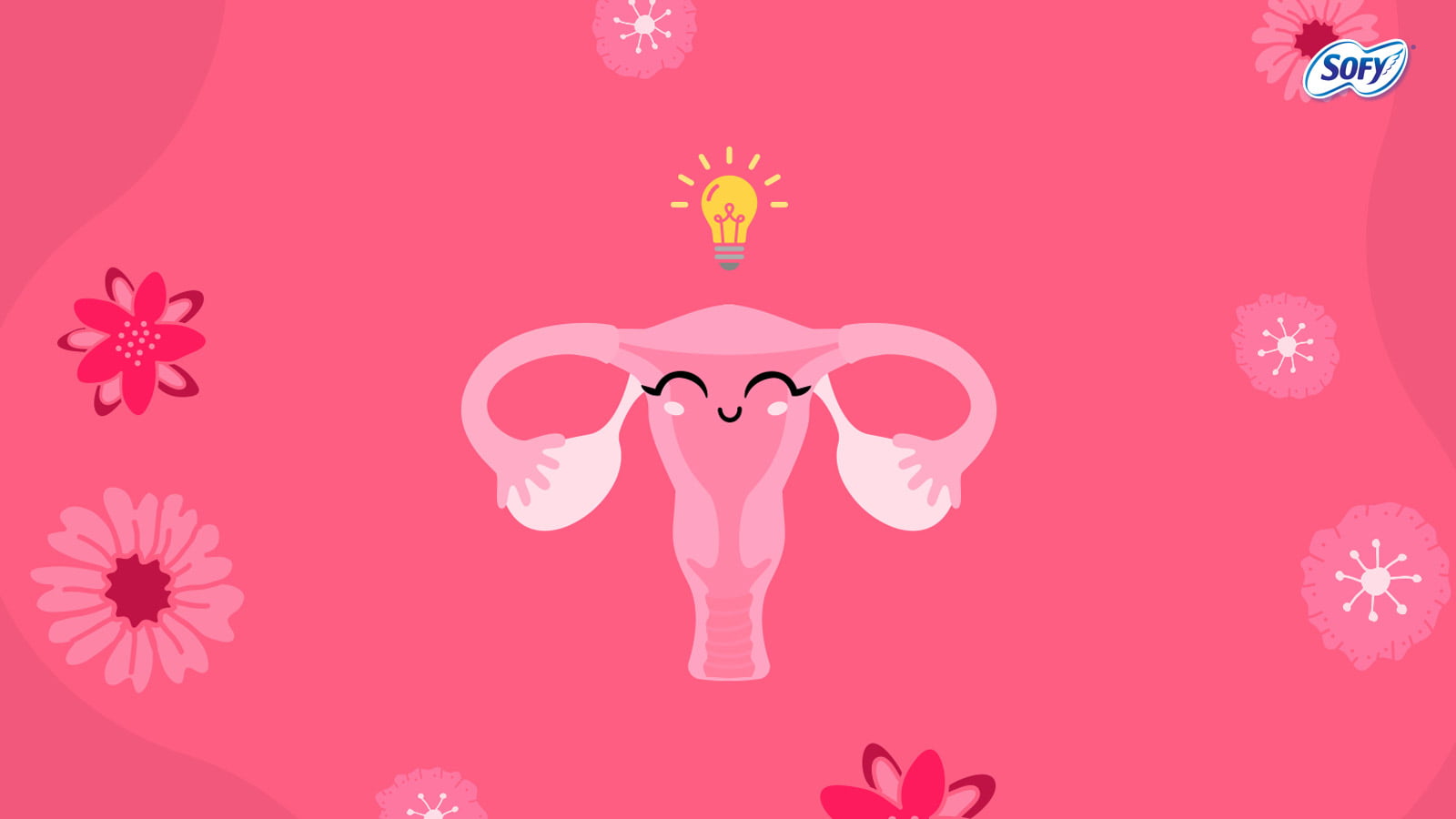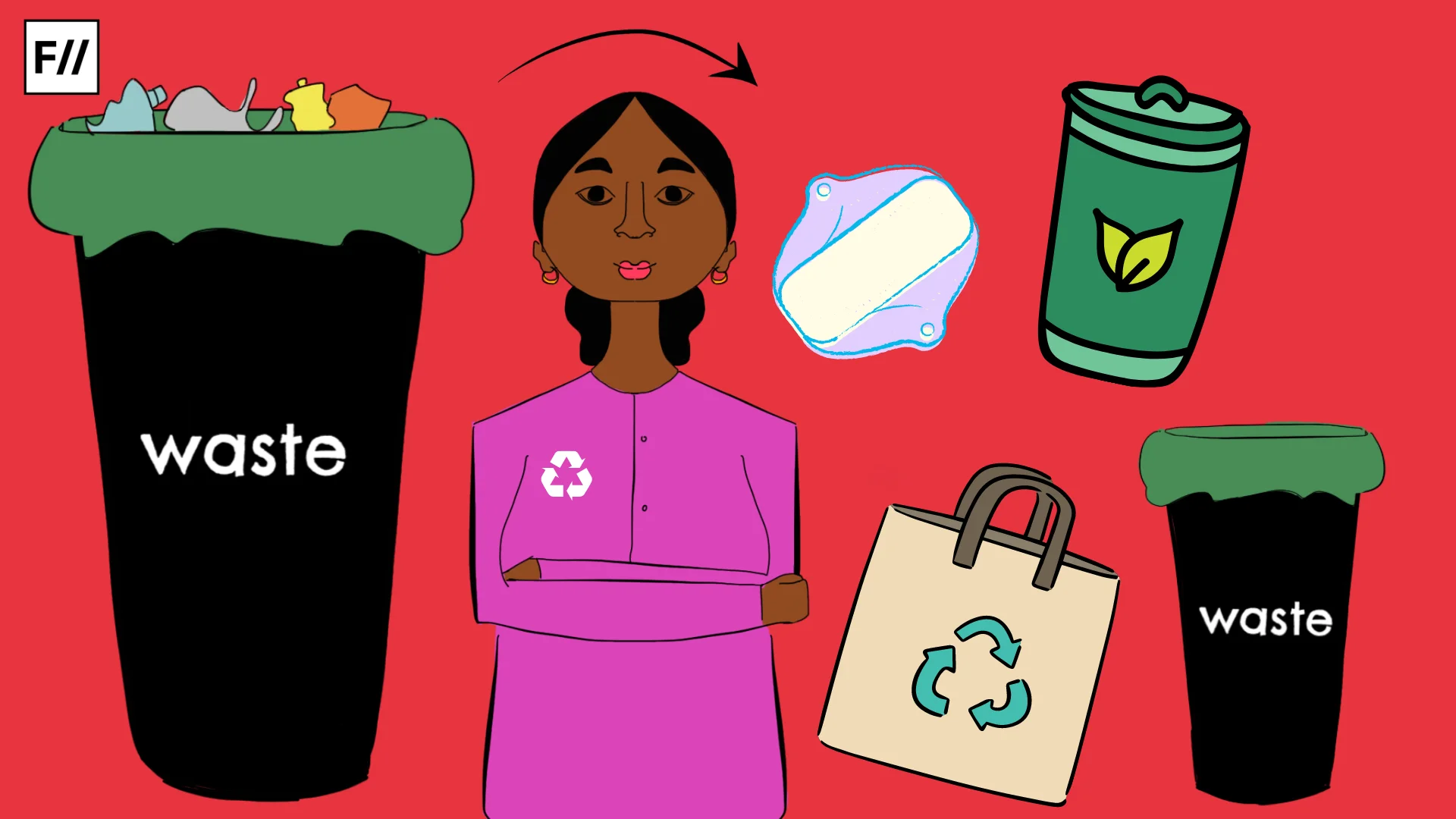Editor’s Note: This month, that is May 2020, FII’s #MoodOfTheMonth is Menstrual Health, where we invite various articles about various experiences that revolve around menstruation or the absence of the same. If you’d like to share your article, email us at pragya@feminisminindia.com.
Social and cultural norms create eccentric trends. For example – body hair equals masculinity. So girls, here is some hot wax that you can pour on your body because the idea of being fried in hot oil in hell has to be real! Various cultural dictums have guided the shaping of the ‘ideal’ woman. These perceptions also extend to a woman’s (sshhh.. don’t say it loud) monthly cycle. These menstrual myths contribute towards gender-based discrimination and overall equality.
The Mythical Origin of Menstruation
The Indian mythology explains menstruation with a story dating back to the Vedic times. In a fit of fury, Indradev killed a sage named Vritas and committed the crime of brahma-hatya (killing a brahmin). When his prayers to Lord Vishnu were answered, he was suggested to divide the burden of his crimes among earth, trees, water, and women. However, the curse had to be passed along with a blessing.
Impact of Menstrual Myths
When our mother narrated this story, we interpreted it as a story of a woman’s courage to share other’s sorrow. It reflects that self-less actions bring in blessings. However, the stigmas associated with menstruation have impacted the society to think exactly the opposite of it. A woman’s judgement is questioned – “She is too emotional”. A woman’s rightful anger is interpreted as a hormonal rant – “It must be that time of the month”. Many girls in India drop out of school when they begin menstruating due to the lack of gender-friendly infrastructure in schools. Lack of gender-sensitive education has resulted in low understanding of puberty, menstruation, and reproductive health. The social and emotional fabric of a woman’s well-being is deteriorating.
It is high time we set the record straight about menstrual myths.

Myth 1: Menstrual pain is just like a headache.
The menstrual pain is a medical condition called Dysmenorrhea. Approximately 20% of women have dysmenorrhea which is so severe that it hampers with their daily activities. Even for the remaining 80%, it is not “just like a headache”. It can affect the ability to concentrate and makes us more anxious. So if you feel like taking a day off to curl up your bed and rest until the cramps subside, listen to your body!
Myth 2: Period blood is dirty blood.
Menstruation isn’t your body’s way of flushing out the toxins. Period blood would have nurtured your baby if you were pregnant. It’s like the blood that runs in your veins but has fewer blood cells. How can anything that has the potential to bring a new life be dirty?
Myth 3: Only women have a menstrual cycle.
Not every woman gets her period. Not every female who gets a period recognises themselves as ‘woman’. The gender binary is a social construct that fewer people are adhering to now-a-days. Transgender men may still get their periods while transgender women might not. A typical man also has a menstrual cycle (not loss of blood but a hormonal cycle). This is a human-centric issue.
Also read: Man-struation Or Irritable Male Syndrome: “Dear Men, Are You IMSing?”
Myth 4: A menstruating woman is impure.
The so-called guardians and interpreters of our religion and religious texts have banned the entry of women in religious institutions. They refer menstruating women as impure. Over the years, care became curse and got manipulated into stigmas and taboos. The true reason why our scriptures state so is that the womb of a woman is considered sacrosanct even by the Gods as it is the nourisher of new life. This is also the reason why women perform the Paanchang Namaskaar to Gods unlike the men who perform the Shaashtaang Namaskaar.

As an extension of this impurity argument, women are directed to live in isolation, and not enter the kitchen or the food will be spoilt. In certain cultures, menstruating women are not allowed to hold newborn babies else they might pass them their sickness. All these norms were created by our ancients only to make sure that during the 7-day period of blood loss, a woman could get maximum rest. Further, access to hygienic infrastructure is necessary to avoid infections which were a rarity in ancient times.
To all our menstrual buddies reading this – create your own rules. Maybe you like sipping chamomile tea while reading a book or hogging on a truffle cake while watching a rom-com. Just do what makes you happy!
This article has been co-authored with Saumya Pandey. Ms Pandey is a Young Professional at NITI Aayog. A graduate from IIT(ISM) Dhanbad, she is an environmentalist by heart. You can find her on LinkedIn.
Featured Image Source: Sofy
About the author(s)
Sugandhaa's major areas of interest are aesthetics and feminism. She loves engaging with historical fiction - when she isn't reading it, she is daydreaming about it!






